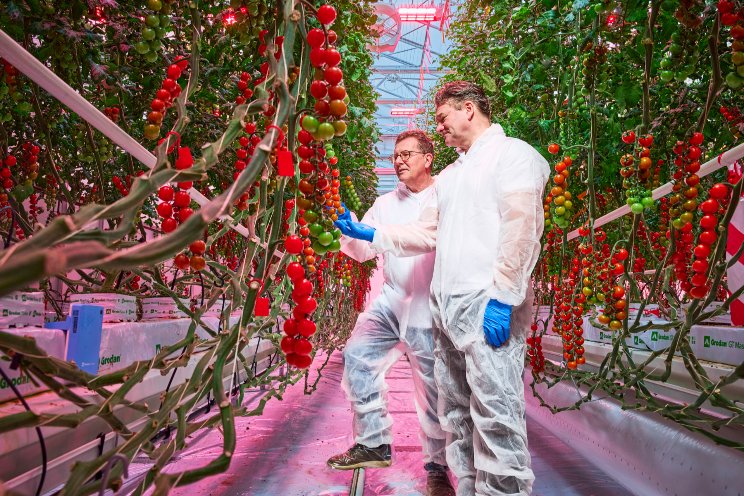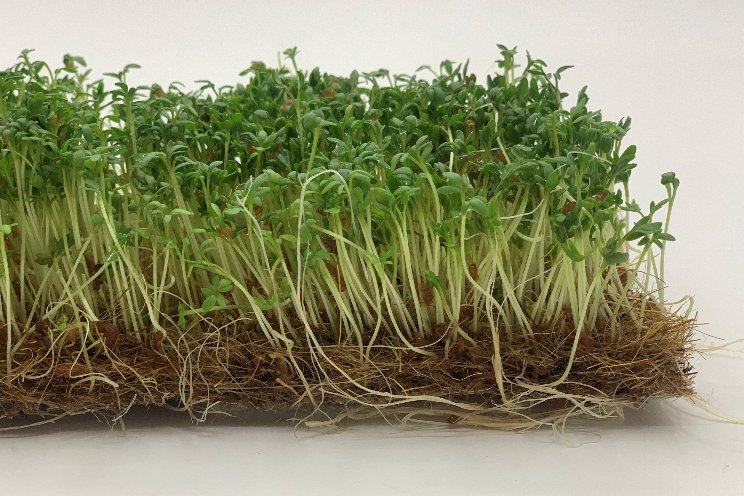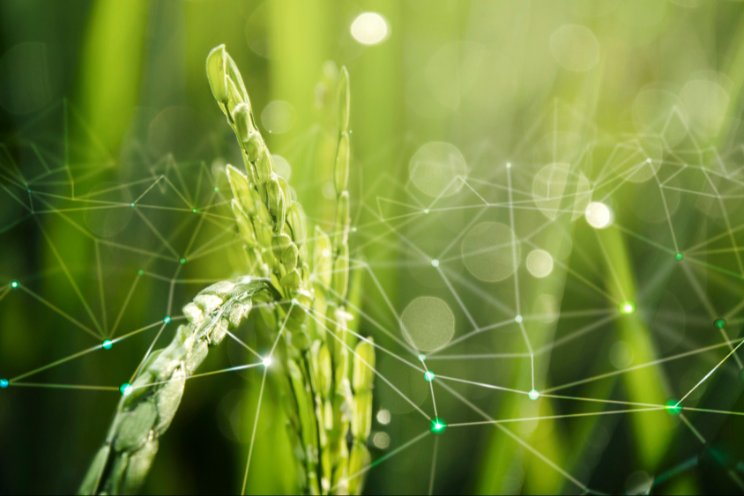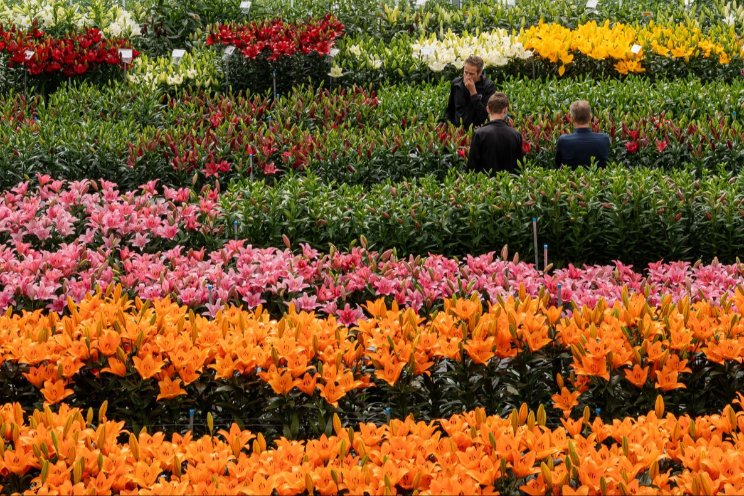The potential for renewable energy in VF
Added on 07 November 2023

Vertical farming and renewable energy: Both due to the growing population and the growing demands, Earth’s natural resources are on the brink of getting exhausted. With a minute-by-minute loss of 23 hectares of arable land and a human population that just reached 8 billion people, food shortage is an inevitable cause of worry for every nation. It is imperative to find new ways of producing food to satiate the hunger of the growing population, and this must be done in a sustainable way.
What is Vertical Farming?
Over the past few years, a lot of food producers have been exploring the opportunities in vertical farming for growing crops. Vertical farming is very different from conventional farming in the way that it is carried out indoors in vertical shelf systems without natural light or soil and with as little as 99% less water.
Additionally, vertical farming requires much less land area due to its vertical stacking. It does not depend on seasons for growing food since the conditions in the farm can be kept the same throughout the year.
This means that vertical farming can be done anywhere, irrespective of terrain and climatic conditions. This includes growing in or near cities, which also cuts down transportation costs and transport related emissions.
Another thing that makes vertical farming such an enticing prospect is the fact that food grown via this technique tends to have a longer shelf life due to local production and a lowered bacteria count, and is devoid of chemicals since there is no use of pesticides or chemical fertilizers.
Given the many advantages of vertical farming, and the growing advancement, the market for vertical farming is projected to grow from $4.16 billion in 2022 to $20.91 billion by 2029.
Vertical farming challenges
Despite all the benefits, vertical farming has a catch. Vertical farming is done indoors in extensive facilities, and utilizes LED lights to provide the plants with necessary lighting. LED lights which use a lot of energy. Adding to that, the energy consumed by other components s also substantial. This includes the machinery that regulates temperature, humidity and water circulation inside a vertical farm.
Photo: Avisomo
More news















